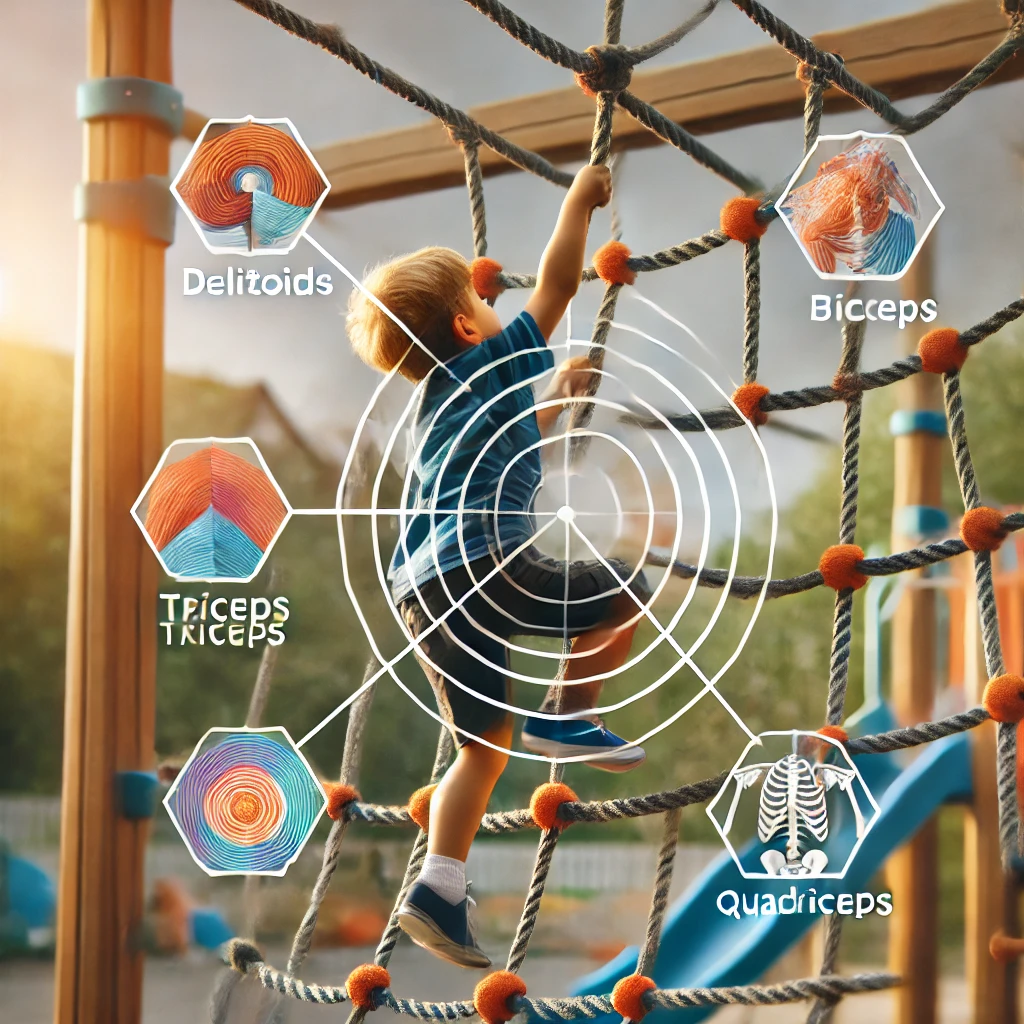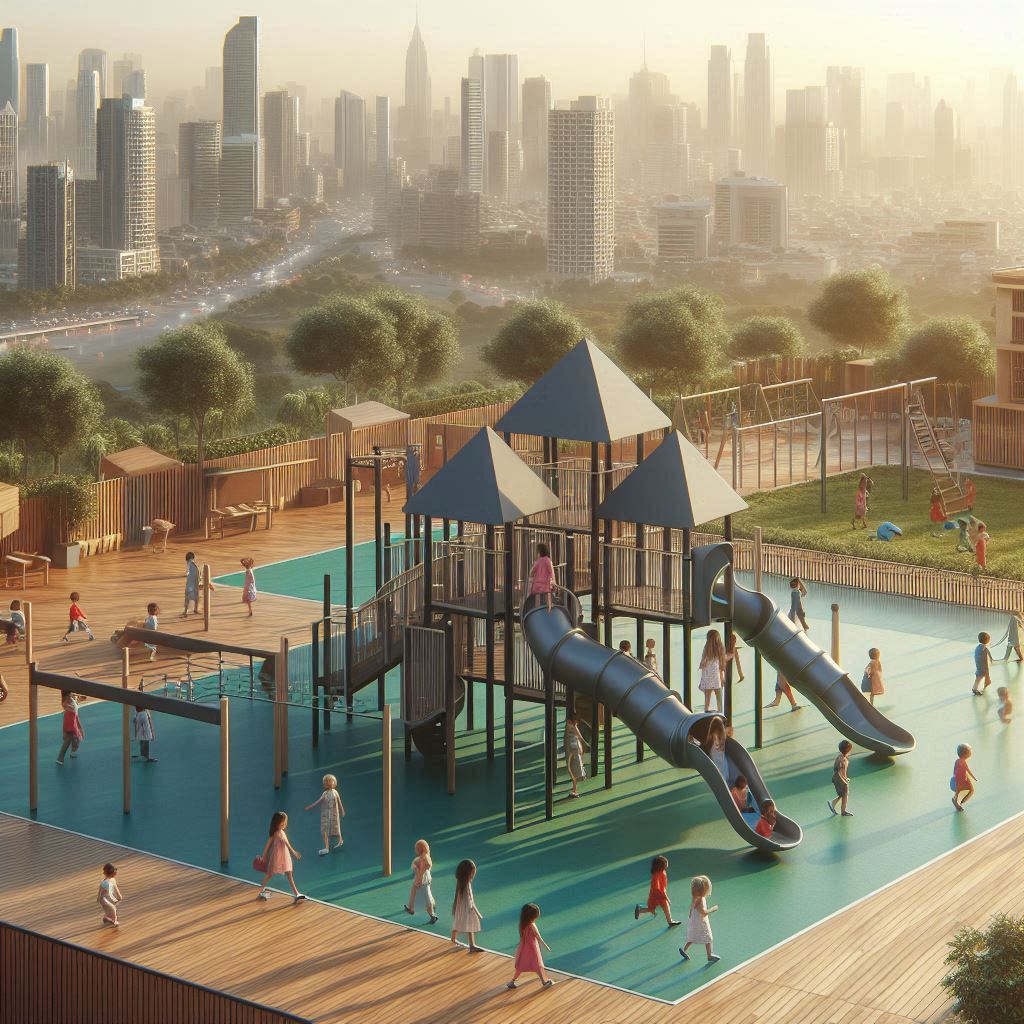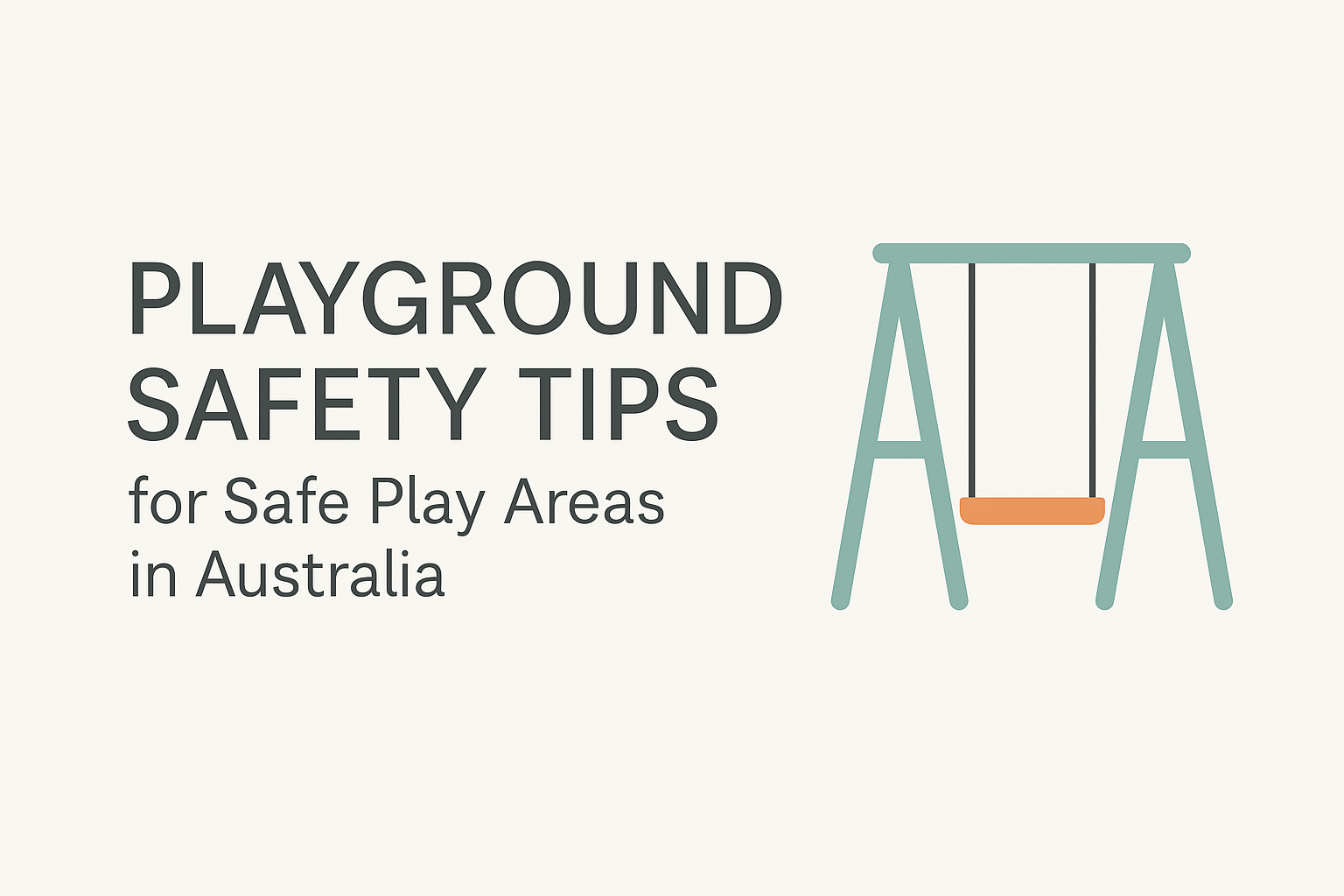Play Isn’t Just Fun—It’s Brain Training
Did you know?
According to the Australian Institute of Child Health (2023), children who engage in at least one hour of structured play daily develop 37% better problem-solving skills than their peers.
Why does this matter for your child?
Playgrounds aren’t just spaces for fun—they’re developmental powerhouses where kids learn essential cognitive, social, and physical skills.
Expert Insight:
“Playgrounds are nature’s way of helping kids develop multi-disciplinary skills,” says Dr. Emma Wilson, a researcher at the Sydney University Child Development Centre.
So, how does playground equipment shape your child’s future skills? Let’s explore seven key areas of growth and how to make the most of your playground experience.
1. Gross Motor Skills: Building Strength and Coordination
The Science Behind It
- Climbing activates the vestibular system, improving balance and spatial awareness.
- Swinging and sliding help with core stability and muscle control.
Best Playground Features for This Skill
Climbing Frames & Monkey Bars – Strengthen grip, arms, and core muscles.
Swings & Zip Lines – Improve balance and body control.
Slides & Obstacle Courses – Develop agility and coordination.
Parent Tip:
Encourage kids to climb using different techniques to engage various muscle groups.

2. Fine Motor Skills: Strengthening Hands and Fingers in the Sandpit
The Hidden Workout
- Playing with sand involves 17 different hand muscles, which support writing, cutting, and buttoning clothes.
- Digging, pouring, and shaping objects improve hand-eye coordination.
Best Playground Features
Sandpits with Scoops & Molds – Improve finger dexterity.
Interactive Play Panels (Gears, Levers, Wheels) – Build hand strength.
Pro Parent Tip:
“Turn your sandpit into a fine motor training ground! Add funnels, tweezers, and measuring cups for extra skill-building.”
3. Social and Emotional Skills: Learning to Share on the Swings
How Playgrounds Teach Social Awareness
- Waiting for a turn on the swing teaches patience and self-regulation.
- Team games on multi-play structures help kids negotiate and problem-solve.
Best Playground Features
See-Saws & Group Swings – Encourage teamwork.
Role-Play Cubby Houses & Themed Forts – Support imaginative social play.
Parent Tip:
Instead of resolving conflicts for your child, guide them by asking, “What could you say to solve this?”
4. Spatial Awareness: Navigating Playgrounds Like a Mini GPS
Why It Matters
- Crawling through tunnels, balancing on beams, and climbing ladders improve depth perception and spatial orientation.
- Navigating play structures enhances memory and problem-solving skills.
Best Playground Features
Maze-Like Tunnels & Bridges – Boost spatial navigation.
Balance Beams & Stepping Stones – Improve coordination.
Try This at Home:
“Create a DIY obstacle course with pillows and boxes, then ask your child to draw a ‘map’ of their route!”

5. Risk Assessment: Learning from ‘Safe’ Falls
The Surprising Truth
- Australia’s AS 4685 safety standards actually encourage controlled risk in playgrounds.
- Studies show kids who take small playground risks develop better decision-making skills.
How Playgrounds Help
High Slides & Climbing Walls – Teach kids to assess danger.
Bouncy Surfaces & Rope Bridges – Encourage safe risk-taking.
Parent Tip:
Instead of saying “Be careful!”, ask “What’s your plan?” to encourage independent decision-making.
6. Creativity and Imagination: Open-Ended Play Sparks Innovation
Best Playground Features
Modular Building Blocks & Natural Play Areas – Encourage storytelling and role-play.
Repurposed Materials (Tires, Logs, Ropes) – Stimulate creativity.
Challenge Your Kids
“Give your child a cardboard box and ask, “What can you turn this into?”
7. Environmental Awareness: Learning Sustainability Through Play
Eco-Friendly Playgrounds
- Play structures made from locally sourced wood reduce carbon footprints by 83%.
- Water play areas teach kids about resource conservation.
Play to Learn: How Quality School Play Structures are Revolutionising Aussie Education
It is essential for Australian schools to consider investing in quality play structures. Not only do these facilities provide a safe space for active play, but they also foster the physical, social, and emotional development of students. A well-designed play area encourages teamwork, creativity, and healthy risk-taking, which are crucial for building resilience and confidence. In today’s balanced approach to education, integrating outdoor play into daily school life helps improve focus and contributes to overall well-being. Ultimately, such investments create an environment where children can thrive both academically and personally, setting them up for success in all areas of life.
Best Eco-Conscious Features
Natural Timber Forts & Wooden Climbing Structures.
Interactive Water Play Stations – Demonstrating sustainability.

Bringing the Playground Home: DIY Skill-Building Ideas
Fun at Home:
Sensory bins – Use rice, beans, and water to mimic sandpit play.
Backyard balance challenges – Set up stepping stones and ropes.
Swing set add-ons – Enhance grip strength and balance.
The Best Learning Happens Through Play
“Next time you’re at the playground, put down your phone and observe how your child is learning in action!”
Looking to create the perfect backyard play space? Browse our handpicked selection of premium playground equipment designed for Australian families!


